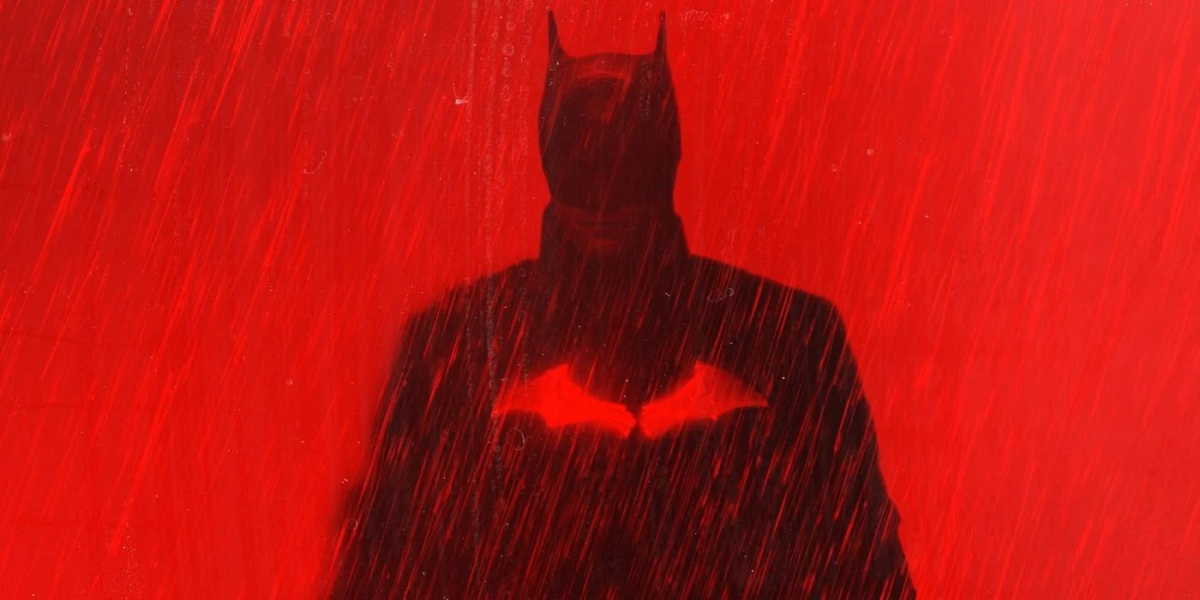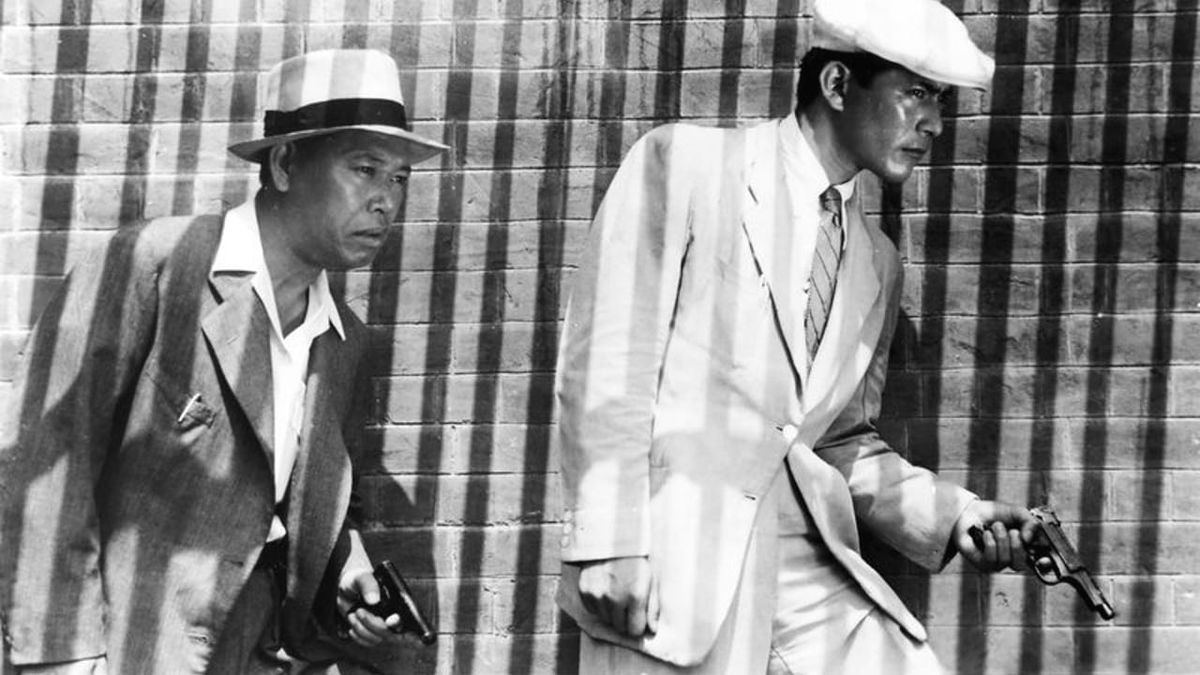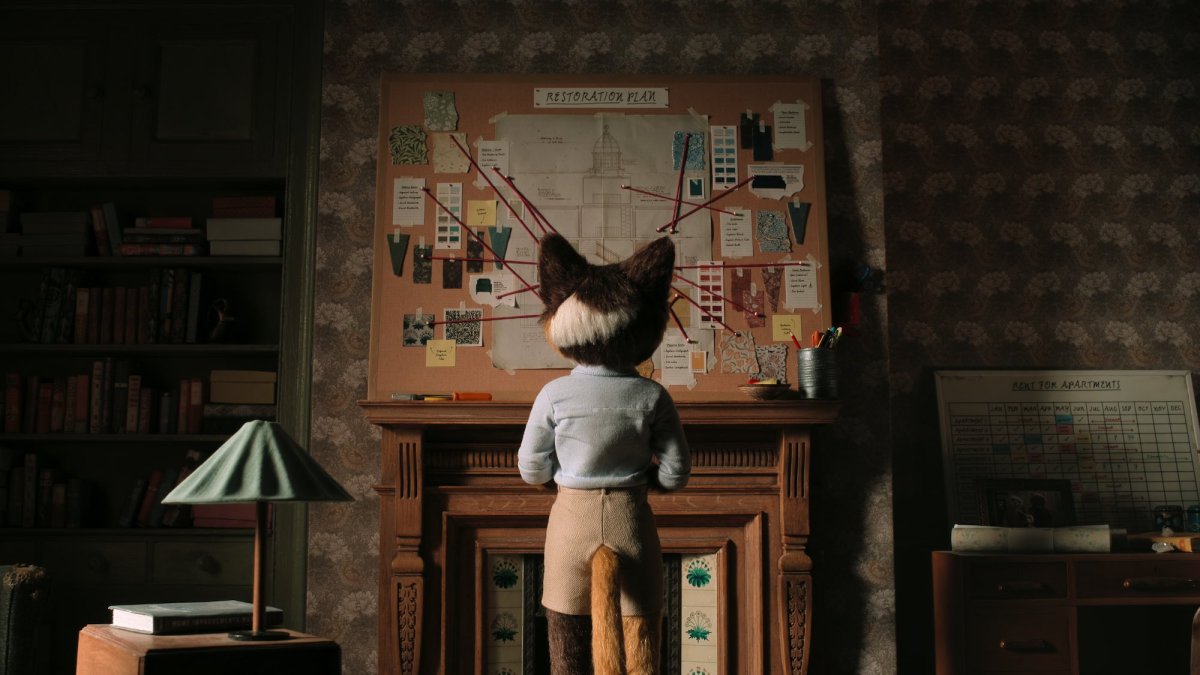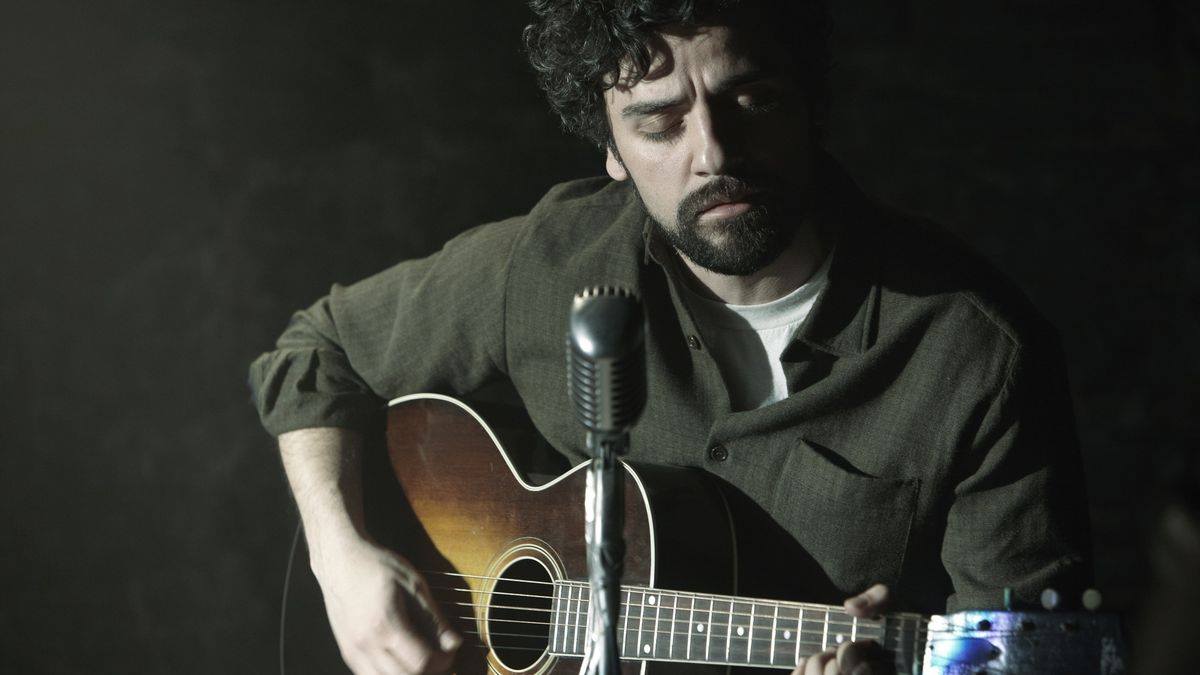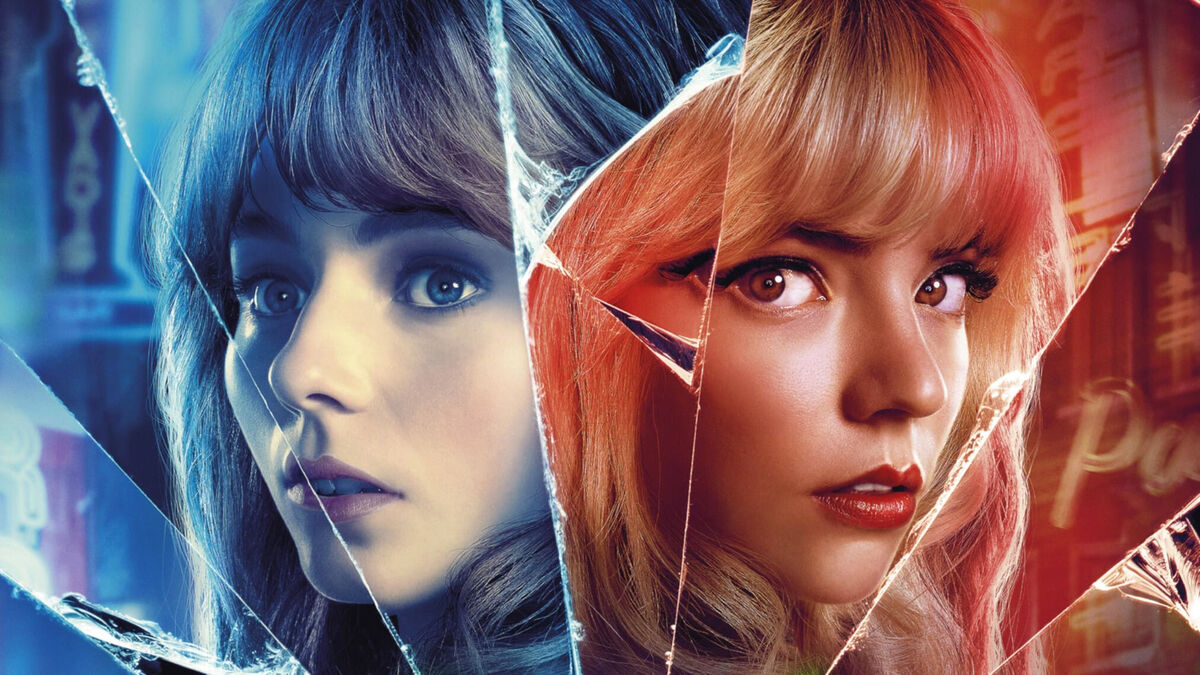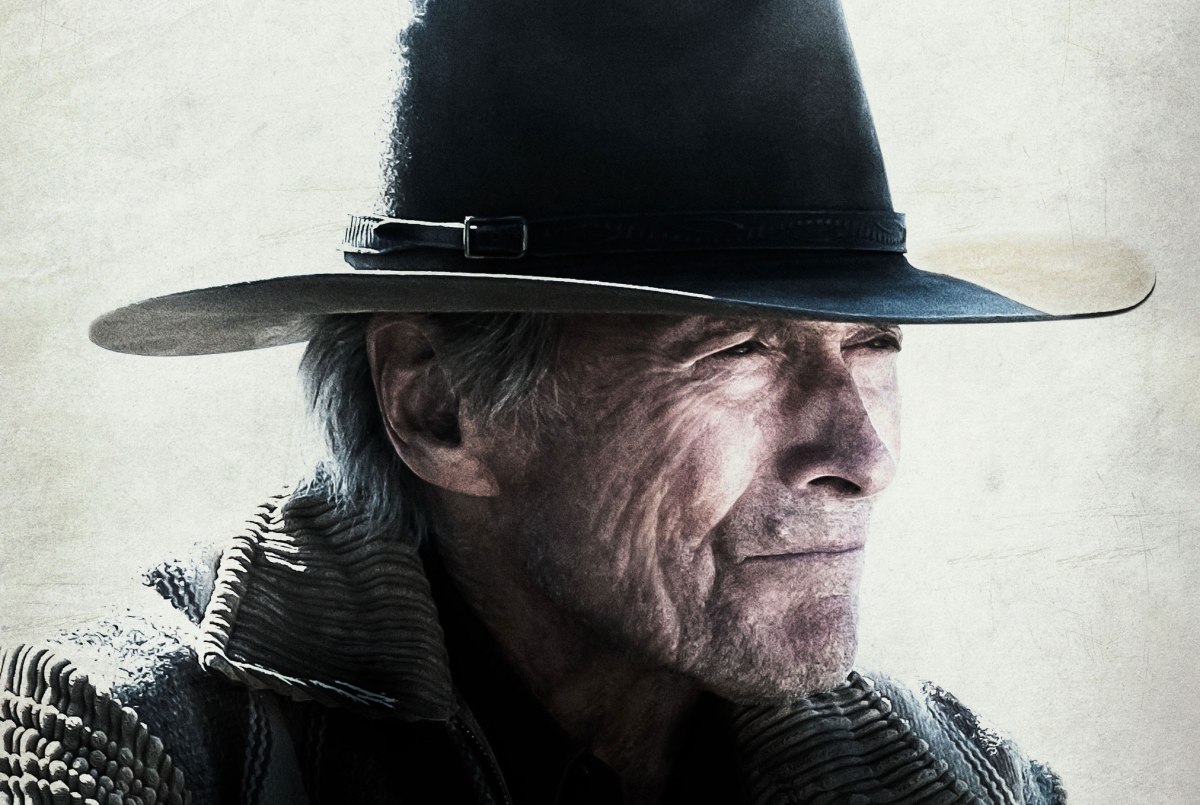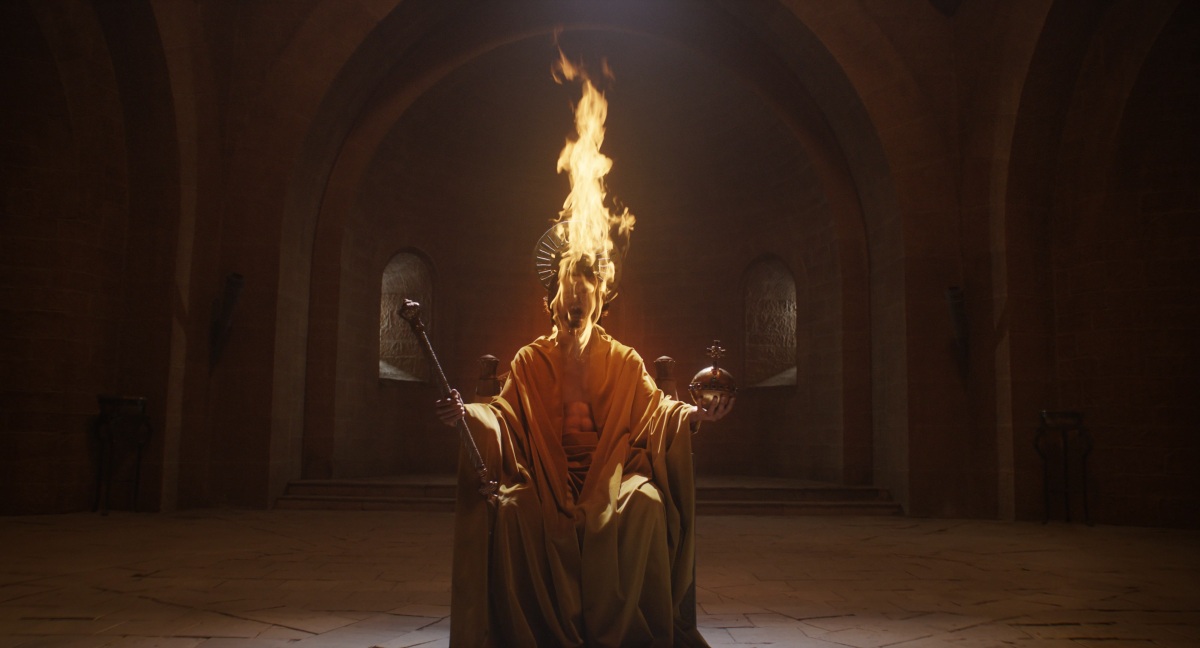In the dead of night, amidst the crime spree revelry of misdemeanours and injustice, a signal lights the dark sky. Criminals are aghast with fear, as their gaze trembles towards the shadowy alleys and hallways near them. No one emerges from those shadows, but the fear of who might appear is enough to scare them off. Because more than the Bat signal, Batman’s ultimate calling card is the terror of darkness.
That’s how Matt Reeves’ The Batman rousingly opens its nearly 3-hour-long neo-noir crime saga, which more than anything is an apotheosis of astonishing cinematography that captures the moody and corrupt-ridden aesthetic of a dilapidated Gotham City and the scum of villainy that infects its dangerous street corners – all while being punctuated by Micheal Giacchino’s intense, crescendo-inducing score.
This allows Gotham to actually becomes its own character in the story. Through Reeves’ deft direction and script, this cesspool of a city invariably hides its own terrifying secrets and devious tricks that other personas like Catwoman, Carmine Falcone and the Riddler use to their own advantage.
Unsettlingly noble and intriguingly ingenious on one hand, but somewhat vexing in with his elongated and incomprehensible enragements, the Riddler is the only true mixed bag for me. Regardless, his dastardly masterplan, which is an intricate and tendrilous mystery of violent crime and aristocratic corruption, is gripping.
True to the noir genre, I also loved that Batman’s monologuing feels like its ripped straight out from The Long Halloween graphic novel (which The Batman partially takes inspiration from).
While the film’s pacing surprisingly does enough to hold up throughout its long run time, especially in the initial two-thirds of the film, the final third suffers from a couple of glaring plot holes revolving around scenes in the indoor arena. That aside, ultimately the film achieves its primary goal of providing an effective introduction to our newest iteration of the Caped Crusader, embodied by a brooding Robert Pattinson teetering between being stunningly gothic as Batman and hoarsely soft-spoken as Bruce Wayne.
It’s an interesting combination of dual identities that mostly works because it is thankfully not superficially stoic, as this Dark Knight’s narrative inception is one of subverting the norms of the character’s established pillars of metamorphosis. Batman’s family legacy and perceptions of justice are disfigured into a metaphoric ball and chain that he is forced to wrestle out from – a similar narrative notion explored in the Telltale Batman games.
In rising above this confluence of earth-shattering personal revelations, no more is Batman a champion of vengeance haunted by past tragedies and spirits, but a master of his darkest fears of loved ones lost and legacies destroyed to finally understand that he alone must stay behind in the haunting shadows of evil’s abyss to lead innocents out into the light.


